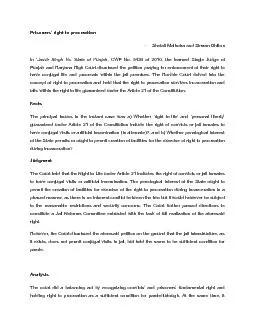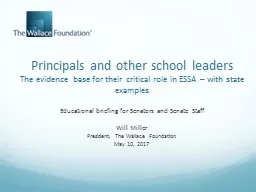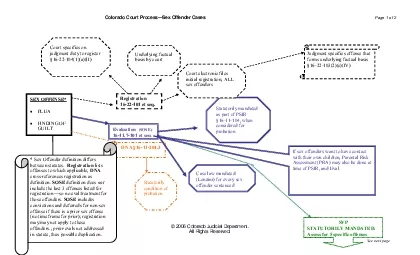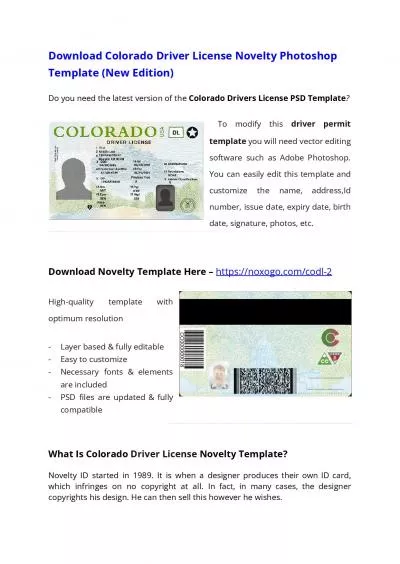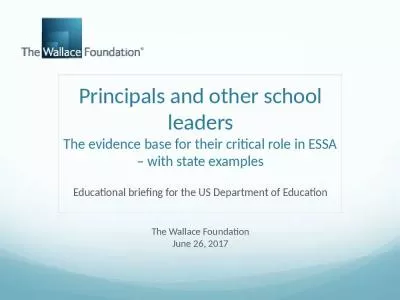PDF-Rubric for Evaluating Colorado’s Principals and Assistant Princ
Author : alexa-scheidler | Published Date : 2015-09-30
1 Effective principals in the state of Colorado are responsible for the collective success of their schools including the learning growth and achievement of both
Presentation Embed Code
Download Presentation
Download Presentation The PPT/PDF document "Rubric for Evaluating Colorado’s ..." is the property of its rightful owner. Permission is granted to download and print the materials on this website for personal, non-commercial use only, and to display it on your personal computer provided you do not modify the materials and that you retain all copyright notices contained in the materials. By downloading content from our website, you accept the terms of this agreement.
Rubric for Evaluating Colorado’s Principals and Assistant Princ: Transcript
Download Rules Of Document
"Rubric for Evaluating Colorado’s Principals and Assistant Princ"The content belongs to its owner. You may download and print it for personal use, without modification, and keep all copyright notices. By downloading, you agree to these terms.
Related Documents


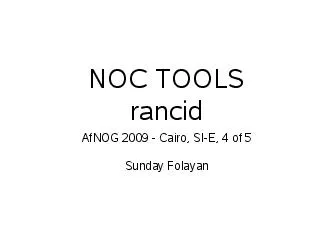

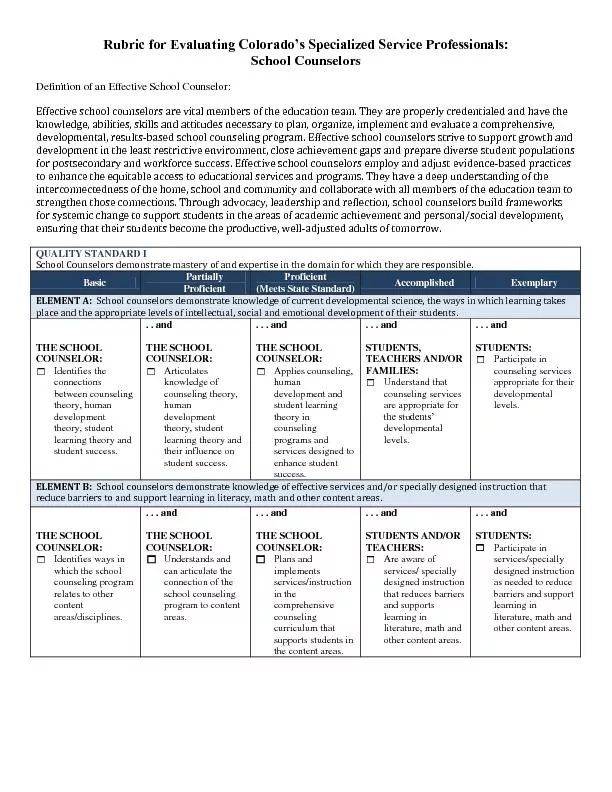

![1.1 245789ਈ346[484]i9o849[34r6g8[8bb4’z4l’](https://thumbs.docslides.com/371922/1-1-245789-x0a08-346-4-x0a0e-84-i9o849-34r6g8-8bb4-x2019.jpg)


